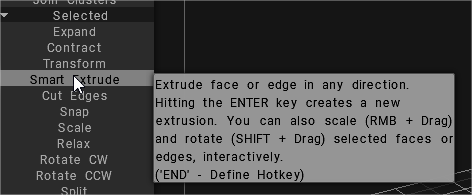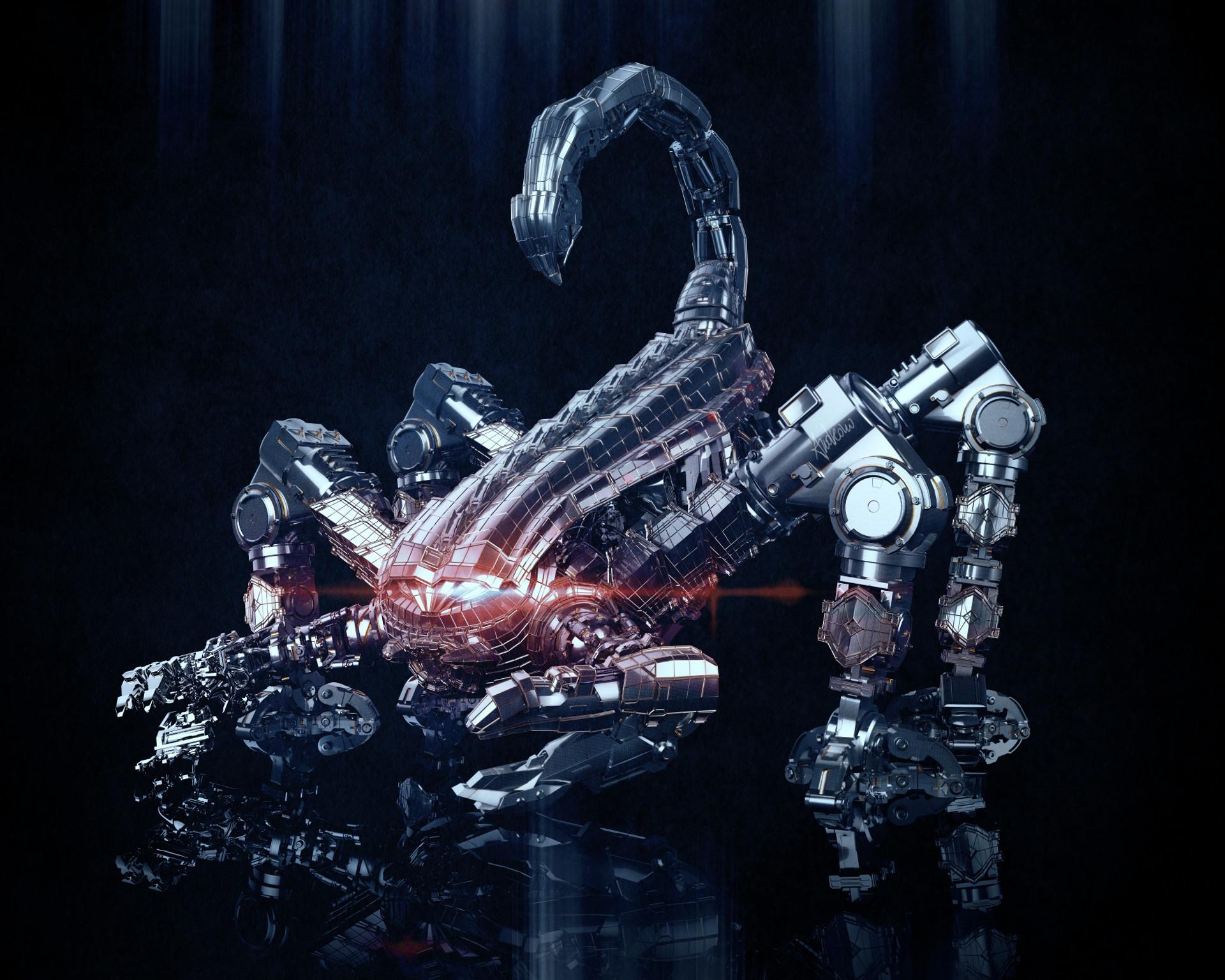-
Posts
26,126 -
Joined
-
Last visited
Content Type
Forums
Calendar
Gallery
Posts posted by Carlosan
-
-
-
Hi
I was testing this issue on version 2024.15 and found it solved.
When you delete symmetry is turned off, right ?
-
-
Hi
go to stroke panel and turn off ignore back faces
-
 3
3
-
-
- Case: Fractal Design Terra Review - TechPowerUp.
- CPU/GPU/AIO/SSD Cooler: Review- Arctic Liquid Freezer III 360 ARGB CPU cooler - Guru3D.
- Flash Drive: Netac US5 1TB High-Speed USB 3.2 Gen 2 Flash Drive - Nikk Tech.
- Laptop: Galaxy Book4 Pro 16 Laptop Review- Samsung's alternative to the Apple MacBook Air 15 - NotebookCheck.net Reviews.
- Laptop: Lenovo Slim 7i 14 Gen 9 Review - PCMag.
- Mini PC: AcePC Wizbox AI mini PC review- Intel Meteor Lake goes mini - NotebookCheck.net Reviews.
- SSD: MSI Spatium M580 Frozr 4 TB Review - 14 GB-s Passively Cooled - TechPowerUp.
- SSD: MSI Spatium M580 FROZR 4TB SSD Review - Nice and cool at 14,000 MB/s - TweakTown.
- Case: Cooler Master NCORE 100 MAX mITX Chassis - TweakTown.
- Mouse: Cooler Master MM712 Wired Review - APH Networks.
-
-
-
-
Sorry again me.
3DCoat was added on latest versions Live Booleans that let you make similar workflow as Mesh Mixer
-
 1
1
-
 1
1
-
-
@kenmo why you said that ?

I am not upset.
Again:
If you can upload the image for prototyping and concept art into Stable Diffusion, why to expend 3DC development time to make a plugin ?
and, I repeat
For a feature request to be effective, you have to explain in detail how it benefits the development team to use their time to create the new tool with clear step-by-step examples of use.
Also for legal reasons, we cannot add tools that use images that have copyrights as a data source.
-
 1
1
-
-
Evil_Weasel:
ancient 3ds max applink from forum works fine, even though it is like 5 years old. -
- CPU: Intel Core i9-14900KS 6.2 GHz & 24 Core Desktop CPU Review- The Definition of Insanity- Wccftech.
- SSD: KIOXIA EXCERIA PLUS G3 NVMe Gen4 2TB SSD - Mad Shrimps.
- SSD: Sabrent Rocket 4 2TB SSD Review - Refreshed Standard Bearer - TweakTown.
- CPU/GPU/AIO/SSD Cooler: Argon THRML 60-RC Review- $20 Raspberry Pi 5 Super-Cooler - Tom's Hardware.
- PC: Asus BTF - A clean cable-free PC build with GPU, Mobo and Chassis - Guru3D.
- SSD: PNY CS2142 2 TB Review - TechPowerUp.
- Webcam: Logitech MX Brio Review- 4K, but not for content creators - Tom's Hardware.
-
-
-
Yes, reinstall will be the better option
Its difficult to said because some many changes was featured in between versions.
Edit > Relocate 3DC's data let you select any folder with your own content. It can be on other disk non C:


-
Hi and welcome !
1. You can export the models as fbx or obj, but there isnt a direct file connection because proprietary file formats.
-
Yes it changes to Smart Extrude

Happens because you are installing on disk P:
Try installing on disk C: -
Try installing on disk C:\

-
It exist because they add convenience, ease of use and interaction in between apps that is not possible otherwise.
For a feature request to be effective, you have to explain in detail how it benefits the development team to use their time to create the new tool with clear step-by-step examples of use.
Also for legal reasons, we cannot add tools that use images that have copyrights as a data source.
-
Sorry but still I cant understand the workflow.
If you can upload the mesh into the free app StableProjectorZ to camera mapping generated AI textures,
Then - if necessary - load the textures in 3DC to paint finetunning.How exactly would the plugin work ?
-
- CPU/GPU/AIO/SSD Cooler: The DeepCool AK620 Digital CPU Cooler Review- Big, Heavy, and Lit - AnandTech.
- Headset/Earbuds: FATFrequency Scarlet Mini In-Ear Monitors Review - Basshead Dream! - TechPowerUp.
- Router: Ubiquiti UniFi U7 Pro Ceiling-Mounted Wi-Fi 7 Access Point - TweakTown.
- SSD: PNY CS3150 SSD Review- Actively Cooled, Gen5 Storage With RGB - HotHardware.
- Case: Cooler Master TD500 MAX Case Review - ThinkComputers.org.
- Graphics Card: Sapphire Nitro+ Radeon RX 7900 GRE Review- The Best RX 7900 GRE Graphics Card- - ThePCEnthusiast.
- Monitor/Projector: Cooler Master Tempest GP2711 Gaming Monitor Review - 1440p at 160Hz for $449 - TweakTown.
- Monitor/Projector: BenQ’s PD3420Q review- An ultrawide that works too hard - PCWorld.
- Monitor/Projector: Samsung QN95D hands-on review: a worthy QD-OLED rival? - What Hi-Fi?
- PSU: Montech Titan Gold 1000W ATX 3.0 Power Supply Unit - Nikk Tech.
- RAM: ANACOMDA Eryx Tataricus RGB 4x16GB DDR5 6000MHz Memory Setup - Mad Shrimps.
- Router: TRENDnet TEW-925DAP AX5400 Wi-Fi 6 PoE+ Access Point - TweakTown.
- Speakers/Soundbar: Creative Pebble X Plus Review - TechPowerUp.
-
-
Please post an example of a tiled texture generated by you that is useful (with text prompt).
And
What would be the difference in the process to generate the texture outside of 3DCoat and use it inside 3dcoat ?
Or have a plugin within 3DCoat that generate the texture outside of 3DCoat and use it inside 3dcoat ?

-
Fill with eraser work over color, not freeze.



how do I set where 3dcoat looks for files in blender AppLink?
in Questions & Answers
Posted
Hi
Do you have followed this guide?